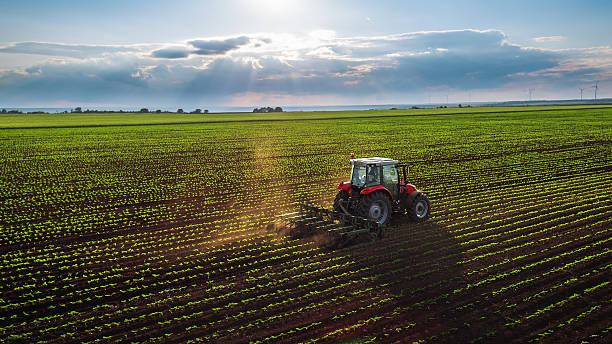Agricultural Property
When it comes to land investment and rural development, agricultural property is one of the most important and valuable asset classes. Whether you’re a farmer, investor, or someone looking to understand real estate better, this guide will help you learn everything about agricultural property, its types, and its importance in today’s economy.
What is Agricultural Property?
Agricultural property refers to land used primarily for farming, animal husbandry, and other agricultural purposes. This includes land for growing crops, raising livestock, orchards, vineyards, and even fish farming. It can also involve buildings like barns, greenhouses, irrigation systems, and farmhouses located on the agricultural property.
The main purpose of agricultural property is the cultivation or production of food and raw materials, which makes it a vital part of any nation’s economy.
Types of Agricultural Property
There are different kinds of agricultural property, depending on the use and production involved. Below are some common types:
1. Arable Land
Agricultural property is used for growing seasonal crops like wheat, rice, or vegetables.
2. Pastoral Land
This type of agricultural property is primarily used for raising animals, such as cows, goats, and sheep.
3. Mixed-Use Property
Agricultural property combination of crop farming and animal husbandry.
4. Plantation or Orchard
Land is used for long-term crops like tea, coffee, fruit trees, and nuts.
Benefits of Owning Agricultural Property
Investing in agricultural property comes with many advantages:
-
Stable and Long-term Returns: Farmland can provide income through crop production or lease agreements.
-
Tangible Asset: Unlike stocks, land is a physical asset that typically appreciates over time.
-
Tax Benefits: In many countries, owning agricultural property qualifies for lower tax rates or exemptions.
-
Diversification: A great way to diversify your investment portfolio. According to a recent report, investment in agricultural land is up by 15% year-on-year in tier-2 and tier-3 cities
-
Legal Aspects of Agricultural Property
Buying or selling agricultural property involves various legal rules. Some common regulations include:
-
Zoning Laws: The land must be designated as agricultural.
-
Land Ceiling Limits: Certain regions limit the amount of agricultural land one can own.
-
Ownership Eligibility: In some countries, only farmers or residents of rural areas can purchase agricultural property.
It’s important to consult with legal and land experts before making any purchase or sale decision.
-
-
How to Buy Agricultural Property
If you’re planning to buy agricultural property, here are a few steps:
-
Identify your purpose – farming, investment, leasing, etc.
-
Check land records and title – verify ownership and legal clearance.
-
Understand local laws – every region has different rules for property.
-
Get expert help – hire a lawyer, land surveyor,20 or real estate agent.
Future of Agricultural Property
With the growing demand for organic food and sustainable living, the value of agricultural property is increasing. Smart farming techniques and government subsidies are also making it more profitable and appealing to younger generations and entrepreneurs.
-
-
Conclusion
Agricultural property is not just about farming — it’s an essential part of national growth, food security, and investment opportunity. Whether you’re looking to farm, lease, or invest, understanding the basics of will help you make smarter decisions and build wealth over time.

